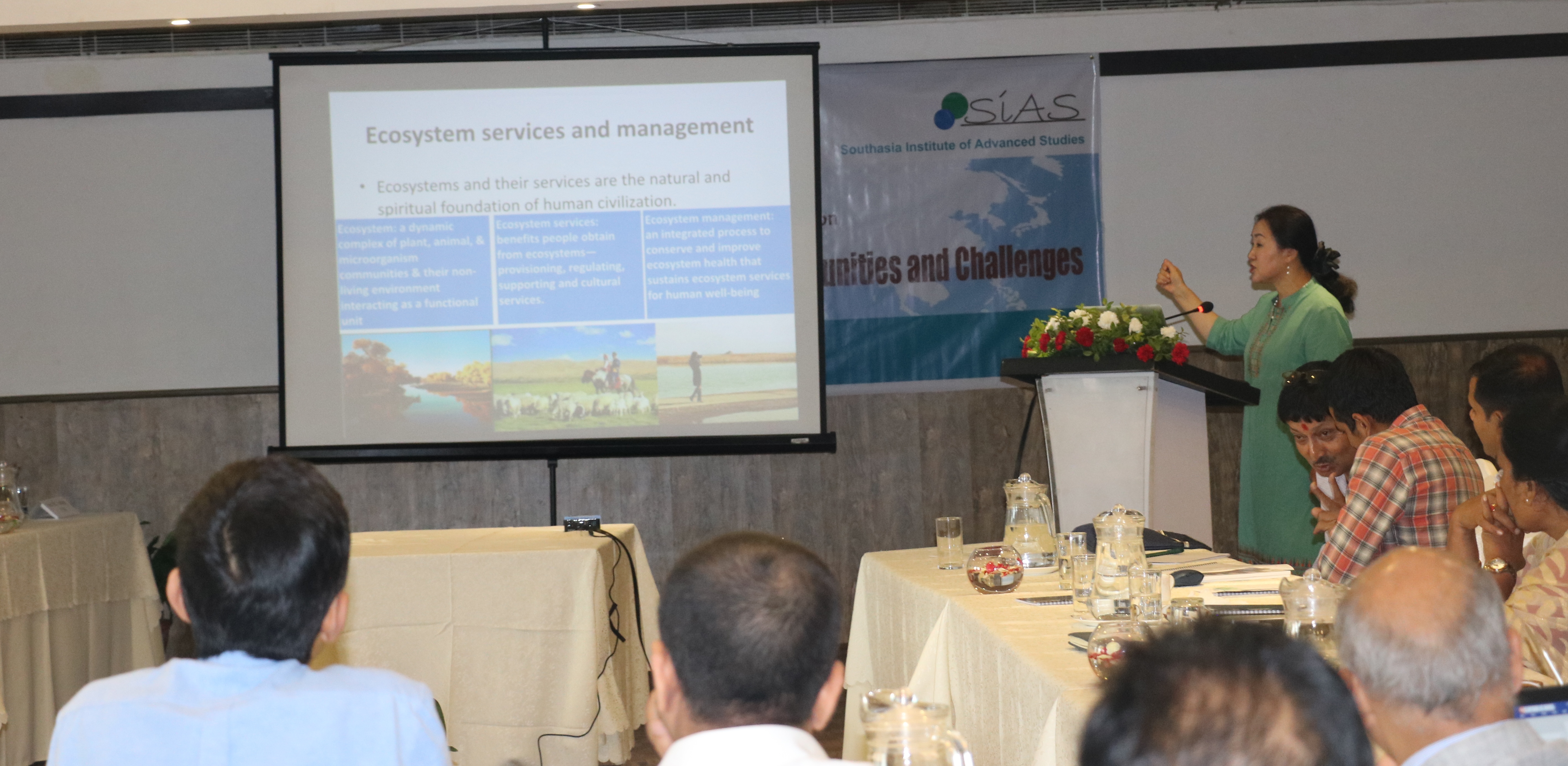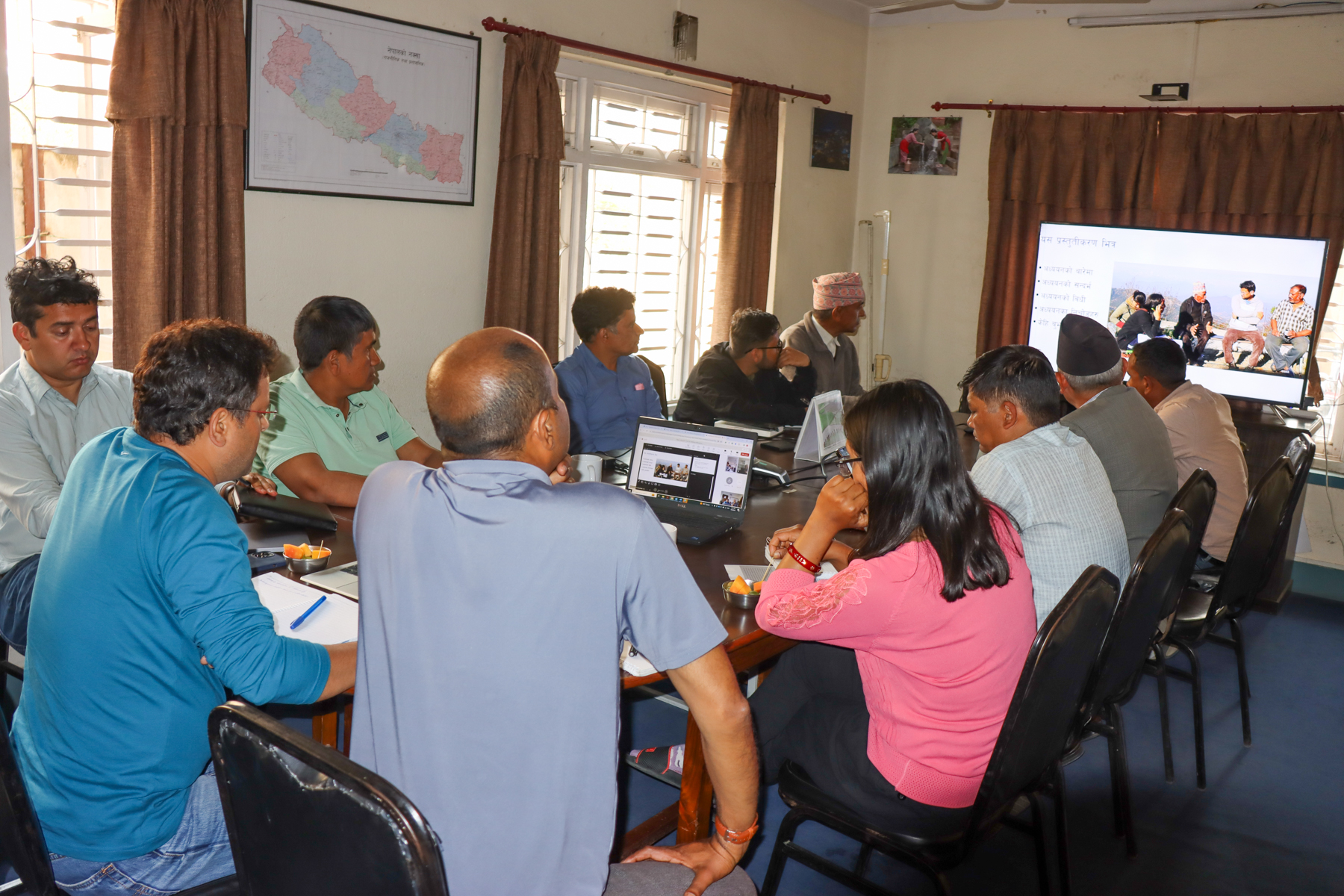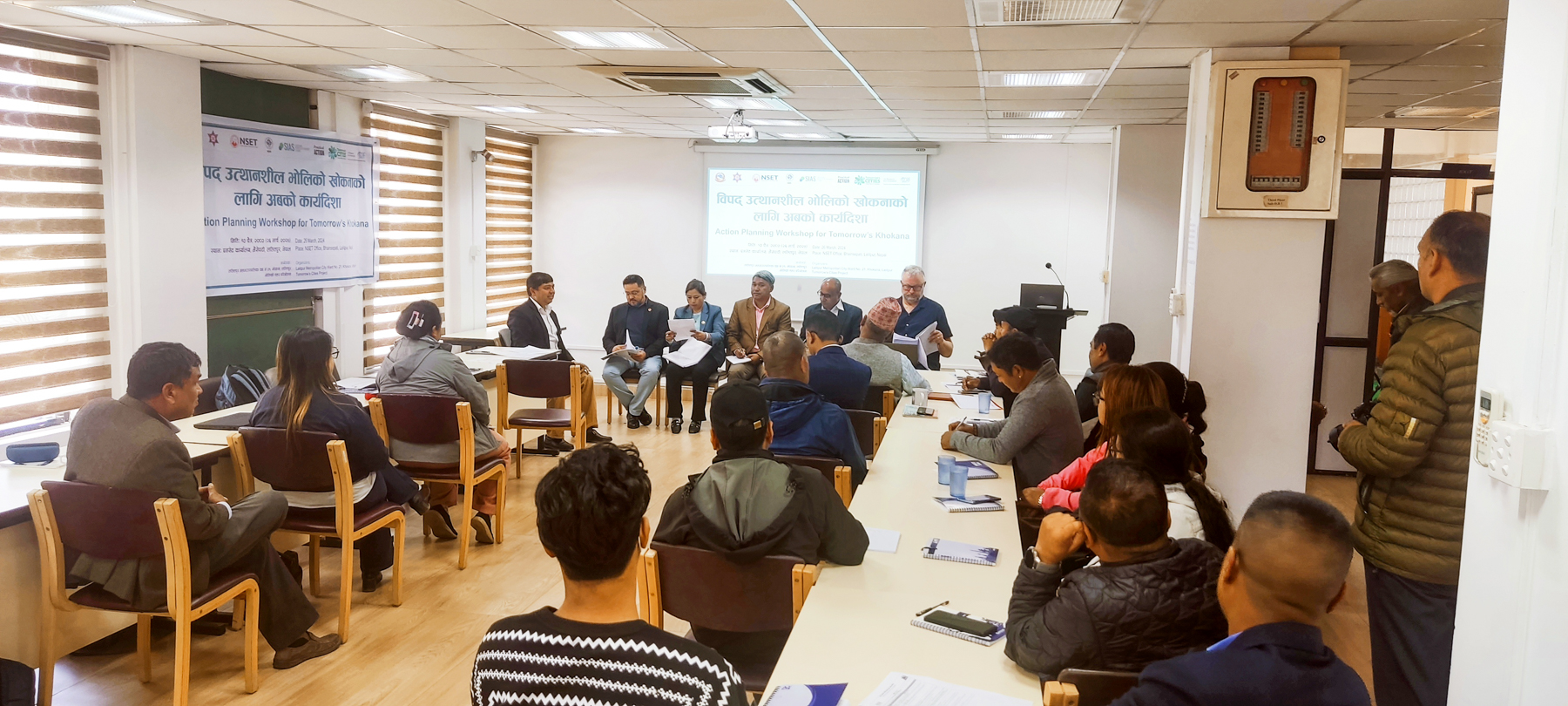International Workshop on
Belt and Road Initiatives (BRI) in Nepal: Opportunities and Challenges
Southasia Institute of Advanced Studies (SIAS) and Institute of Geographic Sciences and Natural Resource Research, Chinese Academy of Sciences (CAS) jointly organized an international workshop on ‘Belt and Road Initiatives in Nepal: Opportunities and Challenges’ in Kathmandu on 7 August 2019. The event was organized with an objective of sharing insights and observations of various academics and think-tank scholars between Nepal and China to materialize the concept of BRI. The workshop delved into various aspects of the same ranging from the modalities of fostering the Green BRI to deepening academic and think-tank model collaboration between the two countries.
Honorable Minister for Foreign Affairs Mr Pradeep Gyawali addressed the inaugural session of this workshop as the chief guest. Other prominent speakers included Dr Rajan Bhattarai – Foreign Affairs Advisor to Prime Minister, Prof Shiv Lal Bhushal – Dean of Faculty of Humanities and Social Sciences at Tribhuvan University among others. Meanwhile, Dr Dinesh Paudel from SIAS and Prof LIU Weidong from CAS presented on The Himalayan BRI – A Historic Opportunity for Nepal and A Discursive Construction of the Belt and Road Initiative respectively.
The workshop comprised of seven presentations followed by open discussion. The list of the presentations in the technical session is provided below:
| BRI and Policy Coordination between Nepal and China | Professor Khadga KC
Tribhuvan University, Kathmandu |
| Evaluation of sustainable development in the countries along the Silk Road | Professor LIU Hui
Chinese Academy of Science, Beijing |
| BRI and Himalayan Connectivity – an analysis form Nepalese political economic perspective | Dr Kalyan Roka |
| Infrastructure connectivity of the BRI: Progress of major projects and overall assessment | Professor WANG Jiaoe
Chinese Academy of Science, Beijing |
| Ecosystem Based Adaptation to Climate Change through sustainable natural resource management: Case studies from Nepal and China | Professor ZHANG Linxiu
Chinese Academy of Science, Beijing |
| BRI and Political Processes in Nepal | Associate Professor Mrigendra Karki
CNAS, Tribhuvan University, Kathmandu |
| Ecological Carrying Capacity Assessment in the Tibet Plateau and China-Nepal Corridor Region | Professor HU Yunfeng
Chinese Academy of Science, Beijing |
Following section is the brief highlight from the presentations and key discussions from this workshop.
The BRI has emerged as a new platform for international cooperation. Five major components of BRI connectivities include policy, infrastructure, trade, finance and people to people cooperation. It has been generally accepted as a significant milestone aimed at promoting comprehensive connectivity and cooperation among the countries and people in the region and beyond. Having said that, the advent of BRI marks a significant shift in the global world order directly challenging the U.S. hegemony. There are others who view BRI as a platform for country like Nepal to reduce asymmetric dependency with India. The initial cold response by some countries including India and U.S. towards BRI is undergoing some rethinking coming upto the second BRI conference in 2018. In this regard, more than 130 countries of the world have signed MOU expressing their interest to become a part of this landmark initiative.
While the current discourse has often been limited to international global politics and emerging world order, BRI based deliberation from small country perspectives is missing. For a country like Nepal planning to graduate to the status of a developing country soon, ways of tapping the benefits from this global paradigm shift ought to be the top priority. In addition, the discussions have centred around the infrastructure dimension leaving the crucial aspect of production. . However, it is a welcoming to note that the Joint Communique of the Leaders’ Roundtable of the 2nd Belt and Road Forum for International Cooperation has included in its annex “Trans-Himalayan Multi-dimensional Connectivity Network, including Nepal-China cross-border railway. ”
Under the connectivity, both hard and soft connectivity are crucial. While the former pertains to infrastructure development, the later signifies legal infrastructure, rules and regulations for smooth trade and economic exchanges. Soft connectivity also encompasses the social, ecological and political conditions needed for creating an enabling environment.
In the context of Nepal, benefits accrue in productive areas like agriculture, investment, tourism including education, health and culture. Nepal-China Economic Corridor has been repeatedly emphasized although plenty of work has remained an overdue to translate it into action. Finding ways of cooperation and mutual collaboration in these areas will be instrumental in our development endeavors. Nevertheless, BRI should not only been viewed in economic sense, but also as a new avenue for socio-cultural preservation and development . The Himalayan Ecology Conservation as the main component of BRI needs greater attention. It is significant to promote the age-old culture and civilization of the Himalayan region for improving the livelihood of the common people residing in this region. Deepening cross-discipline interactions between ecosystem, climate and livelihood putting biodiversity at the centre of BRI collaboration will be a key aspect of Himalayan BRI. With the issues of climate change and environment degradation posing a direct threat to the Himalayan civilization, the BRI framework needs to advance the process of Sustainable Development.
Not only the state inclusion but societal inclusion will be equally important for the holistic development of Nepal under the BRI framework of cooperation. Nepal needs to address her local, geo-political and cultural problems to reap much benefits through BRI engagement. It will be significant to invest in ground level projects aimed at enhancing the living standard of people. In this regard, exploring collaborative academic possibilities to develop a green inclusive corridor can be a stepping-stone.








